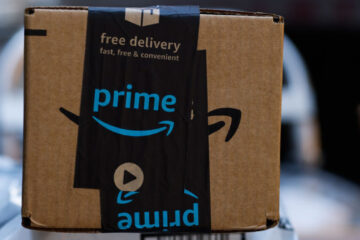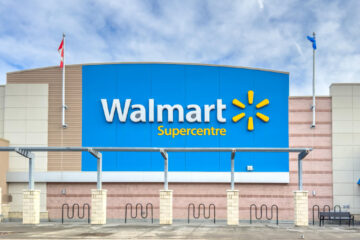When Walmart first opened its doors in 1962 in Rogers, Arkansas, founder Sam Walton couldn’t possibly have imagined how much his new store would change the world.
But while he couldn’t have seen the behemoth Walmart would grow into in the future, Walton did have a very clear vision: to open his stores in rural areas with a focus on low prices and good customer service.
💵💰Don’t miss the move: Subscribe to TheStreet’s free daily newsletter 💰💵
Part of Walton’s plan was to grow as much as possible, evident by the company’s brisk progress. By 1969, the company was officially incorporated and registering $12.7 billion in sales. It was also already expanding, with 24 locations in Arkansas by 1967.
By 1968, Walmart was ready to move outside its home state. It opened its next locations in Missouri and Oklahoma. By 1972, that number would vault to 51 stores, and Walmart would be publicly listed on the New York Stock Exchange.
Related: Walmart makes drastic decision amid tariff threats
The ’80s marked revolutionary change for Walmart, hitting $1 billion in sales and opening its first Sam’s Club in 1983. While Walmart’s look rapidly changed over the decades, it’s notable that this was the year the chain replaced regular cash registers with computerized point-of-sale systems, proving that Walmart was ready to embrace future technology long before its competitors did.
Now more than 40 years later, Walmart has another big change in store that it’s just beginning to roll out. Knowing its history of embracing innovation, it’s likely to be one that will change customers’ lives for the better.
A bakery in the new Walmart ‘Store of the Future’ layout.
Walmart introduces its first ‘Store of the Future’
Less than two years after the company unveiled the new store prototypes, the first one has launched in Houston at Grand Parkway at 8927 Fry Road.
The new store has a modernized look, but that’s just the beginning of the changes you can expect when you visit. As originally promised when Walmart first shared the details in Oct. 2023, stores now feature “Activated Corners” that look like a peek into a person’s home, such as a cozy bedroom. These little slices of life feature scannable QR codes to provide more info and help customers find the items they see in the displays. Visitors to the new store will also notice digital price labels have replaced paper ones in the aisles, allowing employees to update prices in minutes.
Another change to note is the location of the Walmart Pharmacy, which is now at the front of the store and is bigger than before (with a drive-thru). Vision centers have also expanded and offer a larger selection of eyeglasses, sunglasses, and accessories.
There are more new facilities too, such as a Mother’s Room for breastfeeding or diaper changes and an Auto Care Center for vehicle services.
Related: Walmart has bold plan to take down 7-Eleven, WaWa
Once you get to the checkout, you’ll notice changes there as well. Walmart has added a dollar shop with seasonal products — think what you see when you walk into a Target — and a Grab & Go section so you can get a drink or snack on your way out the door.
The new store is the first new Walmart to open in the Greater Houston area since 2018.
While this “Store of the Future” may be the very first, others are on the way. The next Texas locations are coming to Frisco and Melissa, while Eagle Mountain, Utah, and Eastvale, California, will also get the new stores this year. Walmart plans to either build or convert 150 stores in total to the new format over the next few years.
“This store was built with the customer in mind,” Walmart president and CEO John Furner said. “It’s part of a larger transformation happening across our stores as we reimagine what shopping looks like for the future. It shows what’s possible when innovation meets intention.”


